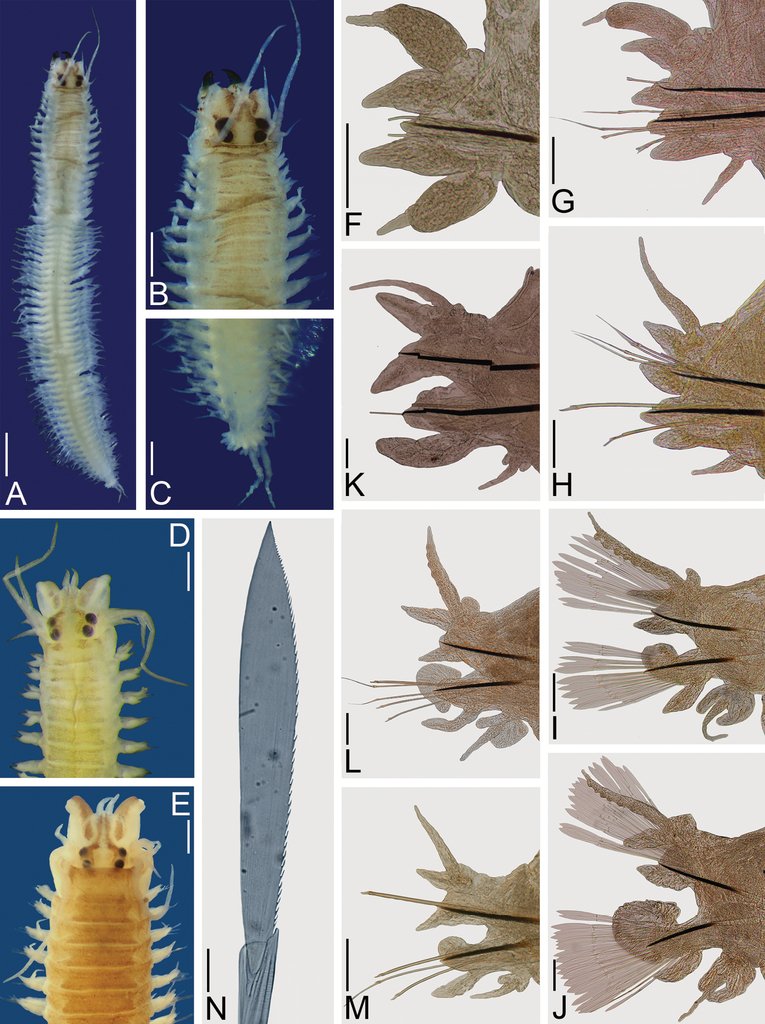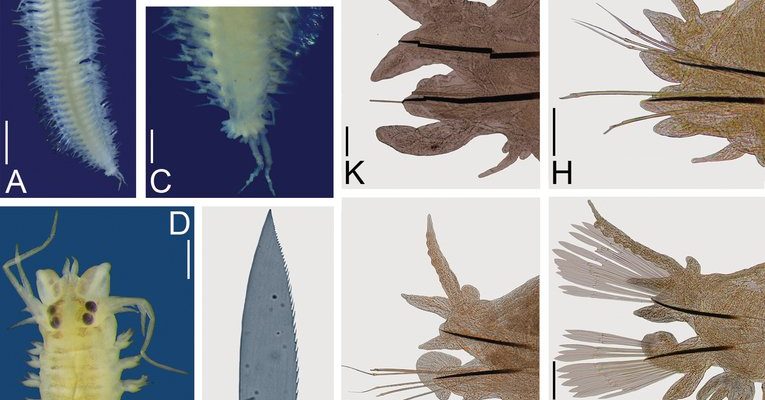
Now, before we dive deeper, let’s think about this in a broader sense. Imagine life as a big, colorful tapestry where each thread represents a different organism. The patterns of *Nereis virens* are woven tightly into the fabric of its ecosystem, making it an important player in marine health. So, let’s explore how these little creatures behave seasonally and why it matters.
The Basic Life Cycle of Nereis Virens
Understanding *Nereis virens* starts with its life cycle. These worms are often found in sandy or muddy marine environments, making homes in coastal areas. The life cycle of *Nereis virens* typically consists of several stages: egg, larva, juvenile, and adult. Each of these stages presents different behaviors influenced by environmental factors like temperature and food availability.
During the spring, for instance, *Nereis virens* begins its reproductive phase. The warmer waters trigger breeding, leading to the release of eggs into the ocean. This is often when their activity levels peak. If you were to observe them in a field study during this season, you’d see them scuttling about in a frenzy, looking to mate and spread their species.
As summer rolls in, conditions change. The increased food supply, thanks to flourishing phytoplankton, means these worms grow rapidly into adults. Here’s the thing: adult *Nereis virens* become more sedentary as they burrow into the sand, waiting for the right moment to hunt. This behavior helps them conserve energy while ensuring they are hidden from predators.
How Environmental Changes Impact Behavior
The behavior of *Nereis virens* isn’t just random; it changes with the seasons and in response to environmental cues. Temperature is a major player here. When the waters warm up in spring and summer, the worms become more active. This peak activity period is crucial, as it aligns with the availability of food and breeding opportunities. You could think of it like a buffet that opens up, where everyone’s eager to eat!
In contrast, during fall and winter, things slow down. Colder temperatures lead to decreased activity. The worms tend to burrow deeper into the sand, finding refuge from harsh conditions and conserving energy. This hibernation-like state is essential for their survival, allowing them to weather the cold months until favorable conditions return.
Also, *Nereis virens* demonstrates a behavior called diurnal activity, meaning they have specific times of day when they are more active. During warmer months, they might come out at night to feed, mimicking the patterns of predators and avoiding being seen. It’s all about timing for these clever little worms.
Feeding Habits Throughout the Seasons
Now, let’s talk about food. The feeding habits of *Nereis virens* shift dramatically with the changing seasons. In spring and early summer, when phytoplankton blooms, these worms become opportunistic feeders. You might find them darting around, looking for organic material and detritus that wash up on the shore.
As they transition into the autumn months, their feeding habits shift again. With fewer resources available, *Nereis virens* may depend more on what’s already buried in the sand. They exhibit a behavior known as deposit feeding, where they consume organic matter from the seabed. This not only helps them survive but also plays a role in the ecosystem by recycling nutrients back into the environment.
Food availability can also affect their reproductive success. In lean times, fewer resources mean that there may not be enough energy to reproduce, which can impact population numbers in subsequent seasons.
The Role of Nereis Virens in the Ecosystem
*Nereis virens* isn’t just a simple worm; it plays a vital role in coastal ecosystems. These creatures contribute to the benthic community, which refers to all organisms living in or on the seabed. By feeding on organic matter, they help break it down, making nutrients available for other organisms. It’s like they’re nature’s little recyclers!
Additionally, their burrowing helps aerate the sediment. This activity creates a better environment for other marine life, enhancing nutrient cycling and promoting biodiversity. For instance, fish and other creatures benefit from healthier habitats thanks to the actions of *Nereis virens*.
In field studies, researchers often note that during peak mating seasons, populations of *Nereis virens* can explode, significantly impacting the dynamics of the local ecosystem. This explosion of population also means that predators, such as fish, can benefit from an abundance of food, illustrating how interconnected marine life is.
Impacts of Climate Change on Nereis Virens Behavior
Climate change is a hot topic, and it’s not just affecting land dwellers. *Nereis virens* is also feeling the heat—literally. As ocean temperatures rise, researchers note that the breeding cycles may shift. For example, warming waters could lead to earlier spawning in the spring, affecting food availability and the timing of other species’ activities.
In some cases, these changes can disrupt the delicate balance of the ecosystem. If *Nereis virens* breeds too early, there might not be enough plankton available for their young to thrive, resulting in fewer adults in the future. This ripple effect can have significant consequences, leading to fewer food sources for larger marine animals.
Honestly, scientists are still working to understand the full implications of these changes. In field studies, they’re collecting data to observe how behaviors are shifting and what that means for the future of marine ecosystems.
Field Studies: Observations and Findings
Field studies are essential for observing the behavior patterns of *Nereis virens*. Researchers typically use methods like sediment sampling and video monitoring to capture these worms in action. Through such studies, they can document their seasonal behaviors, feeding habits, and interactions with other species.
For instance, in one study conducted during the peak summer months, researchers noted a significant spike in *Nereis virens* activity. They found that the worms were primarily feeding during specific times of the night, highlighting their nocturnal feeding behavior. The data gathered helps build a clearer understanding of how *Nereis virens* thrives and survives in changing environments.
These findings not only aid in understanding *Nereis virens* but also contribute to broader marine research. By studying such organisms, scientists can glean insights into the health of marine ecosystems and how they might respond to outside pressures.
Conservation Efforts and Future Directions
Given the vital role of *Nereis virens* in coastal ecosystems, conservation efforts are essential. Protecting their habitats from pollution, overfishing, and climate change is crucial. Without proper conservation, we risk destabilizing the entire marine food web.
Future research can play a pivotal role in this effort. By focusing on the seasonal behavior patterns of *Nereis virens*, scientists can gain insights into the overall health of marine ecosystems. Understanding these patterns better can help in developing strategies for conservation and sustainability.
Here’s the thing: we all have a part to play in this. Supporting local conservation initiatives and being mindful of our own impacts on coastal environments can help protect species like *Nereis virens* for future generations.
In conclusion, the seasonal behavior patterns of *Nereis virens* are not just interesting; they’re critical for maintaining the health of our oceans. By understanding these patterns, we can appreciate the complexity of marine life and the interconnectedness of ecosystems. So next time you’re at the beach, take a moment to think about the unseen activities happening just beneath the surface.

